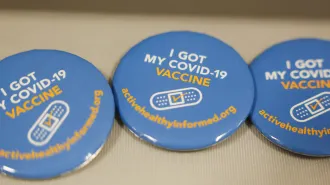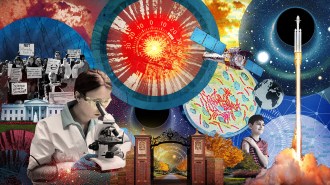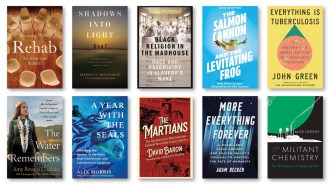Some science seems silly, but it’s still worthwhile
A new book argues basic science can unexpectedly better human lives
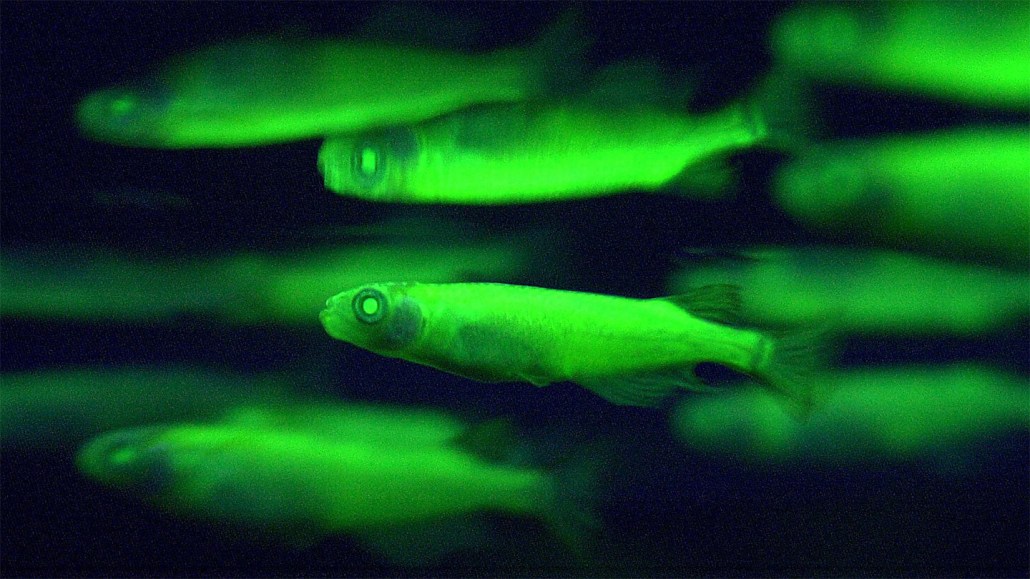
These glowing fish were genetically modified with green fluorescent protein, the compound that revolutionized biological research and earned Osamu Shimomura the 2008 Nobel Prize in chemistry. When Shimomura began studying luminescent sea creatures in the 1950s, scientists avoided the research because it was considered challenging and unpredictable.
SAM YEH/AFP via Getty Images
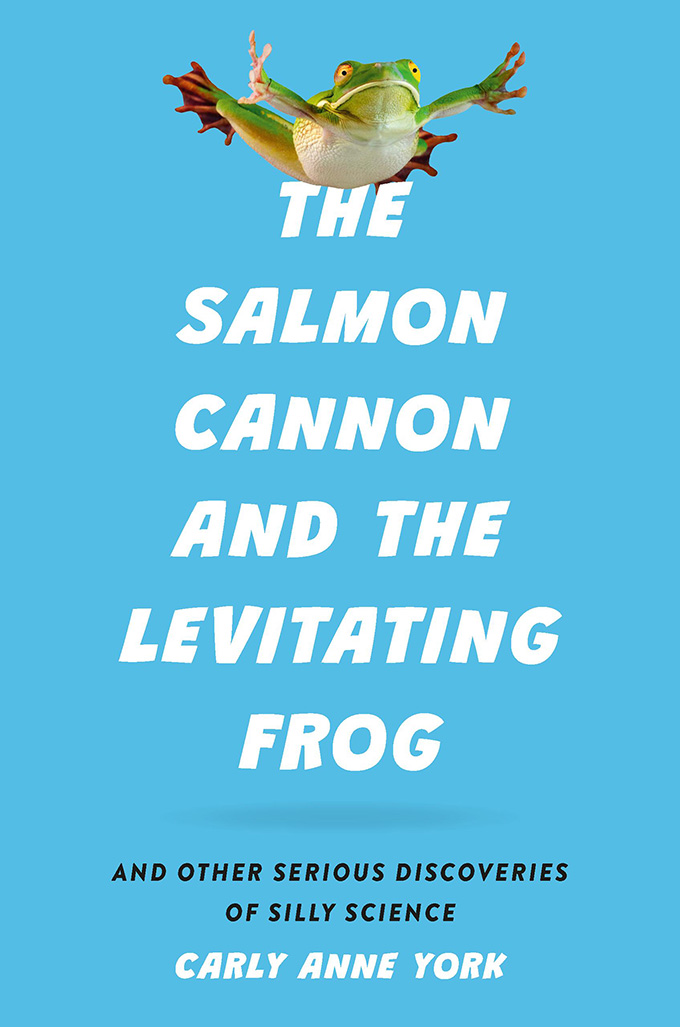
The Salmon Cannon and the Levitating Frog
Carly Anne York
Basic Books, $30
What’s the purpose of your study? It’s the question many basic-science researchers dread. And it’s the question that Carly Anne York received about 10 years ago from a fellow volunteer at the Virginia Zoo. At the time, York was a Ph.D. student studying squid biomechanics. When the volunteer, a retired army officer, probed why taxpayer dollars should be spent on what he called “silly science,” all York could do was mutter about the inherent value of knowledge.
Today, York, an animal physiologist at Lenoir-Rhyne University in Hickory, N.C., still doesn’t know how her doctoral research can directly benefit humankind. But after a decade of studying how animals interact with their environments, York has come to recognize that the pursuit of immediate applications is not the goal of basic science. Rather, it seeks to fundamentally understand natural phenomena. That doesn’t mean the research is worthless. As York details in her new book, The Salmon Cannon and the Levitating Frog, projects that could be considered silly or useless can lead to scientific advances that better our lives.
Take the study of sea fireflies. By the 1950s, the tiny crustaceans’ glow had puzzled scientists for more than 20 years. Researchers knew that a molecule–enzyme pair generated the shine, but they had not been able to isolate and study the molecule. Many avoided the work because it was considered difficult and unpredictable. Plus, it probably didn’t seem relevant to humans. That is until Japanese chemist Osamu Shimomura isolated it in 1956.
Shimomura’s work on sea fireflies attracted the attention of a U.S. researcher, who later recruited him to help unravel the light-emitting mechanism of luminescent jellyfish. Shimomura and his team identified two of the proteins responsible for the jellyfish’s mysterious glow — aequorin and green fluorescent protein.
The groundbreaking work revolutionized biological research and medicine. For instance, doctors now use green fluorescent protein to better visualize and avoid nerves during surgery, as well as to track the spread of cancer cells in the body. The discovery earned Shimomura the 2008 Nobel Prize in chemistry.
But such examples don’t stop politicians from questioning the value of basic science time and time again, York writes. David Hu, a fluid dynamics researcher at Georgia Tech in Atlanta, knows this firsthand through a confrontation that York amusingly dubbed “a pissing match.”
In 2016, three of Hu’s projects were featured in “Wastebook”, a report of government spendings that then-Sen. Jeff Flake, R-Ariz., deemed wasteful. Having not only one but three of his grants listed made Hu the “most wasteful scientist of the year,” according to Hu himself.
But Hu’s work on how long mammals take to pee — one of the featured projects — revealed that, regardless of species, it takes about 21 seconds to empty a bladder. This “other Golden Rule,” as Hu often calls it, helped establish healthy urination time. Doctors now use it to detect prostate problems early. Engineers use it to design prosthetic urethras that can generate a proper urine stream. At his university’s urging, Hu defended his research and the importance of scientific exploration in a Scientific American opinion piece. Flake publicly acknowledged Hu’s “thoughtful response,” though he also invited Hu to pitch ideas on how to better identify science projects that are indeed wasteful, which Hu chose not to respond. Regardless, the experience launched Hu’s public advocacy of curiosity-driven research.
Masterfully deploying her wit, York reminds us that it’s nearly impossible for a science project to follow a straightforward path that results in an immediately applicable outcome. It is an especially timely reminder as the U.S. government cuts science funding today. “I am also endlessly appreciative of the scientists who paved the path of advocacy for basic research,” York writes. “I hope that after reading this book you will be as well.”
Buy The Salmon Cannon and the Levitating Frog from Bookshop.org. Science News is a Bookshop.org affiliate and will earn a commission on purchases made from links in this article.
